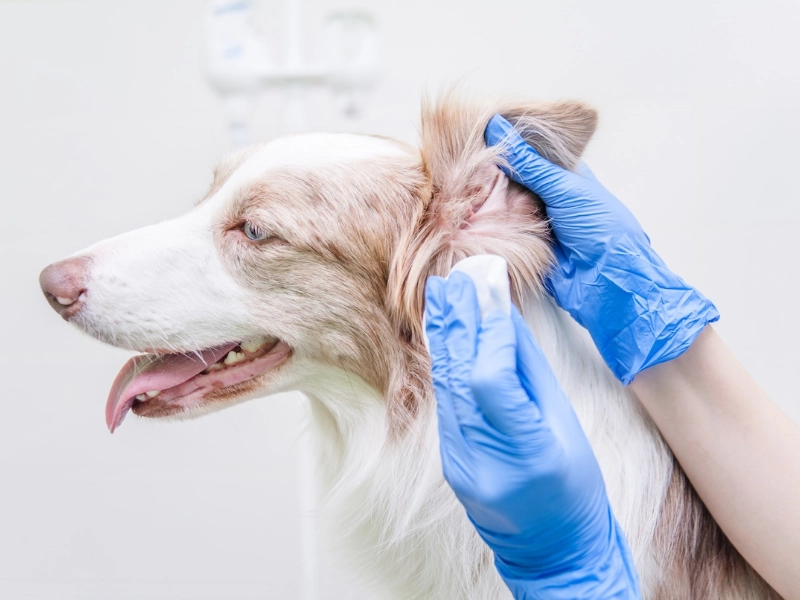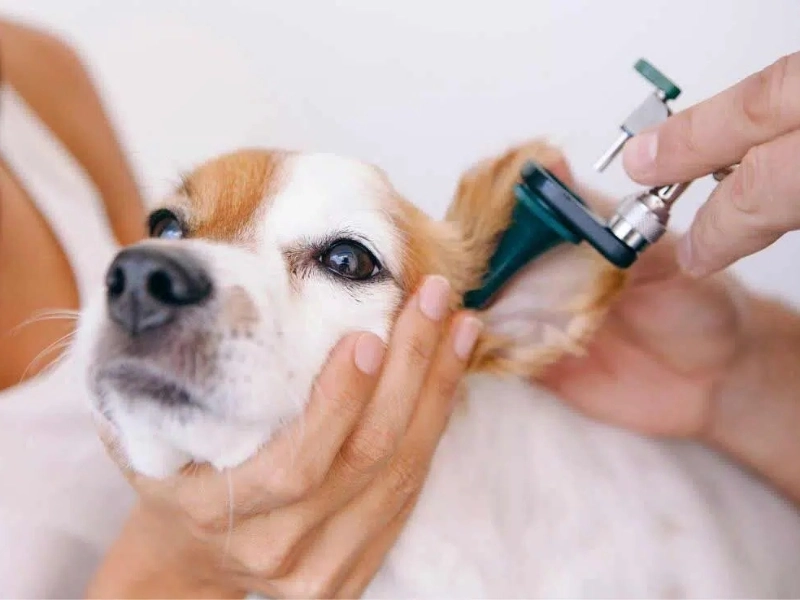Advertisement
Symptoms

Advertisement
If your dog frequently scratches, strokes, or shakes his head, it could be a sign of an ear infection. Unfortunately, ear infections in dogs are very common and are often caused by allergies. Ear infection
symptoms usually start with redness and itching in the affected area. As the infection progresses, it can cause discharge and an unpleasant odor.
diagnosis

If your puppy develops an ear infection, it can be difficult to diagnose. A thorough clinical examination, including a skin exam and a sample of the ear contents for microscopic analysis, will help your veterinarian make an accurate diagnosis. Your veterinarian will also
review your dog's ear medical history to help identify the cause of the infection and what could potentially contribute to the progression of a future infection.
process

Your veterinarian can prescribe medications to soothe itching, reduce swelling, and clear the infection. These may include antibiotics, ear cleaners, steroids, or oral medications.
Depending on your dog's condition, your veterinarian may take cultures of waste tissue or test the ear for parasites. Treatment may also include surgery to remove growths from the ear. Your veterinarian will
work with you to determine the most appropriate course of treatment for your pet's ear infection. The goal is to eliminate symptoms and minimize pain and discomfort for your pup.
Prevention

According to veterinarian Jessica Grant, ear infections are one of the most common health problems dogs can suffer from, but they are also easy to prevent.
Ear infections in dogs are usually caused by bacteria, yeast, or ear mites that build up in the ear canal (known as canine otitis externa). These infections usually start in the outer ear canal of puppies and progress to the middle and inner ear.
Breeds with soft ears, puppies who have just finished vaccinations, older dogs, and dogs with allergies or thyroid disorders are more susceptible to developing ear infections than other breeds. Additionally, the shape of a dog's ears, excess hair in the ear canal, and excess earwax glands put them at higher risk of contracting an infection.



